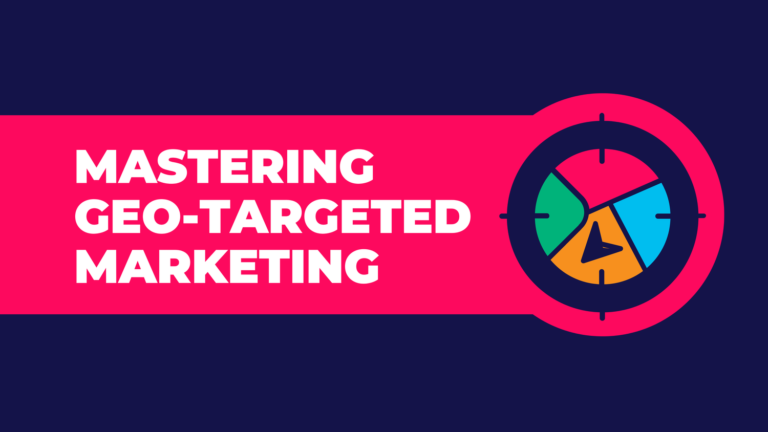In the fast-paced realm of digital marketing, understanding Return on Investment (ROI) has become more critical than ever. As we navigate 2024, organizations are increasingly recognizing the pivotal role of calculating digital marketing ROI not just as a metric but as a strategic compass guiding major decision-making processes. Let’s delve into how calculating digital marketing ROI in 2024 empowers organizations and explore some tools that make this process seamless.
The Power of Digital Marketing ROI in Decision Making
1. Strategic Resource Allocation
Calculating digital marketing ROI provides organizations with insights into the performance of different channels and campaigns. By understanding which channels yield the highest returns, businesses can strategically allocate resources to maximize impact. This ensures that marketing budgets are invested where they generate the most significant ROI.
2. Optimizing Campaign Effectiveness
Detailed ROI analysis allows organizations to identify high-performing campaigns and those that may need adjustments. This data-driven approach enables marketers to optimize their strategies, fine-tune messaging, and adjust targeting to enhance the effectiveness of future campaigns. Continuous improvement becomes the norm, ensuring marketing efforts align with organizational goals.
3. Aligning Marketing with Business Objectives
Digital marketing ROI serves as a compass, guiding campaigns toward overarching business objectives. Whether the goal is lead generation, revenue growth, or brand awareness, ROI calculations help measure progress and ensure that marketing efforts are aligned with broader organizational strategies. This alignment is crucial for achieving long-term success.
4. Proving Marketing Value
In organizations where marketing departments may face scrutiny in demonstrating tangible value, ROI serves as a powerful metric. By showcasing the direct impact of marketing initiatives on the bottom line, marketers can validate their efforts and contribute to building a solid business case for future investments.
Tools for Calculating Digital Marketing ROI in 2024
1. Google Analytics
A stalwart in the digital marketing toolkit, Google Analytics provides robust tools for tracking and measuring digital marketing performance. With features like goal tracking, e-commerce tracking, and attribution modeling, organizations can gain insights into website performance, conversion rates, and the effectiveness of various marketing channels.
2. HubSpot
HubSpot offers an all-in-one platform that includes not only marketing automation but also tools for tracking ROI. HubSpot’s analytics provide a comprehensive view of lead generation, customer acquisition costs, and overall campaign performance. It’s especially valuable for organizations using inbound marketing strategies.
3. Kissmetrics
Kissmetrics specializes in customer-centric analytics, allowing organizations to track customer behavior, engagement, and conversion metrics. This tool provides in-depth insights into the customer journey, helping organizations understand how marketing efforts contribute to conversions and customer retention.
4. Adobe Analytics
For enterprises seeking advanced analytics solutions, Adobe Analytics is a comprehensive tool offering robust features for tracking, analyzing, and optimizing digital marketing performance. It provides real-time data and sophisticated reporting capabilities for organizations with complex analytics needs.
5. Crazy Egg
Crazy Egg focuses on visualizing user behavior on websites. With heatmaps, scrollmaps, and user recordings, it offers a unique perspective on how visitors interact with digital content. This insight is invaluable for optimizing website elements and improving the user experience, ultimately impacting conversion rates.
In the dynamic landscape of digital marketing in 2024, ROI calculations stand as the North Star guiding organizations through strategic decision-making. The ability to measure and analyze the return on digital marketing investments empowers businesses to allocate resources wisely, optimize campaigns effectively, align marketing with overarching goals, and showcase the tangible value of marketing efforts.
With powerful tools like Google Analytics, HubSpot, Kissmetrics, Adobe Analytics, and Crazy Egg at their disposal, organizations can navigate the complex digital landscape with confidence. As we move forward, embracing the data-driven insights provided by these tools will not only be a best practice but a necessity for organizations striving to thrive in the competitive world of digital marketing.


